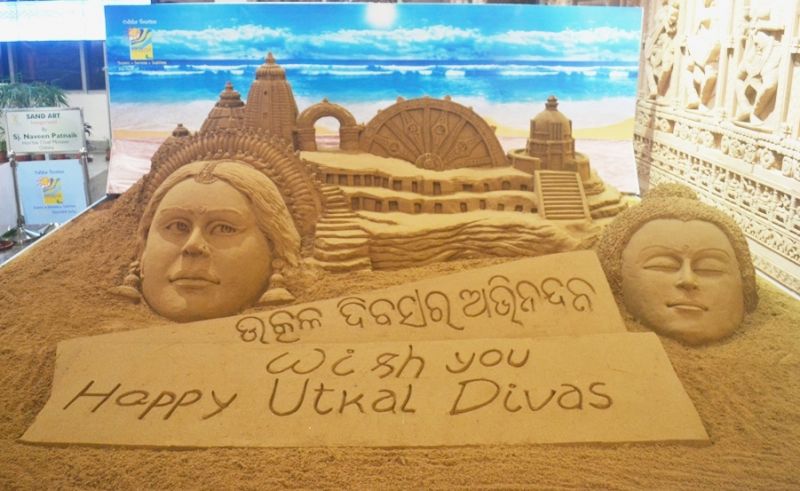
On April 1, 1936, Odisha was formed as a separate state from Bihar and Odisha became a state before India became independent. The establishment and formation of a separate state is celebrated every 1st of April as “Odisha Day” or “Orissa Day” or “Utkal Day”.
The State was created as a separate province of British India and after that is observed as the Day of Orissa to promote the remembrance of the same and to promote a spirit of unity among all the people of the State.
In terms of tribal population, Odisha comes in third place. Throughout history the State has been ruled by a number of kings, between 1135 to 1948, the Cuttack was a state capital and after that Bhubaneshwar took the mantle. About 31% of the state is covered by forest with a vast variety of flora and fauna.
Odisha also has the imprints of early human civilization and many fossil tools from the Lower Palaeolithic era that have been discovered from the region. On this day there is a restricted holiday in the whole state. On the 9th of November 2010, Orissa was renamed as Odisha by the Parliament of India and also the Oriya language was simultaneously renamed as Odia Language.
In 1958, After the death of last Odia King “Mukund Dev”, the kingdom was dominated by various Mughal, Nawabs, Marathas, and British. During that period, however, there was no appearance of Odisha state name on the political map. Nobody was able to agree that Odias needed a state other than representing Bengal, MP or Andhra Pradesh.
The entire state celebrates merry-making on Utkal Diwas with decorated markets, competitions organized by local leaders, and cultural activities coordinated by different communities.
The newly formed State “Odisha” mainly consists of six districts namely Puri, Baleshwar, Cuttack, Sambalpur, Koraput and Ganjam having capital at Cuttack. John Austin became the first Governor of Odisha Province. Later on, the State was further divided into 30 districts and now the Bhubaneshwar is the capital of Odisha.
Some facts about Odisha
- In the ancient time of India, the Kalinga Kingdom was the core of state Orissa.
- In 250 BC, King Ashoka was conquered and the kingdom succeeded for about a century under the rule of the Mauryan dynasty.
- With the Public Support the movement became very powerful with the leadership of Utkala Gouraba Madhusudan Das, Utkala mani Gopabandhu Das, Maharaja Krushna Chandra Gajapati, Pandita Nilakantha Das, Fakir Mohan Senapati, Gangadhar Meher, Basudeba Sudhaladeba, Radhanath Ray, Bhubanananda Das, A. P. Patro.
- The separation of Orissa was possible with the support of Utkal Sammilani who plays a key role at that time and gave foundation to the transformation.
- Eventually, several great temples in Puri, Bhubaneshwar, and Konarak were founded under the Hindu dynasties, such as that of King Harsha’s. The Sun temple in Konark was founded by King Narasimha Dev.
- Founded in 1912 of the Bengal coastal region, Orissa and Bihar were became the independent province.
- During the period of 1948 and 1949, the area of Odisha became doubled and the population was increased with 24 former princely states.
Celebrations of Utkal Divas
To mark the celebration of Utkal Divas an Odiya food festival was organized. The events for the celebration for Odisha Divas are organized at Jagannath Temple. In the food festival, the main attraction is ethnic and Odia dishes like Manda, Kakara, and Guguni. The Odisha government will show the cultural program which comprises different traditional songs and dances. But this year due to the declaration of Pandemic the celebration will not take place to maintain social distancing.
Swikriti Dandotia












